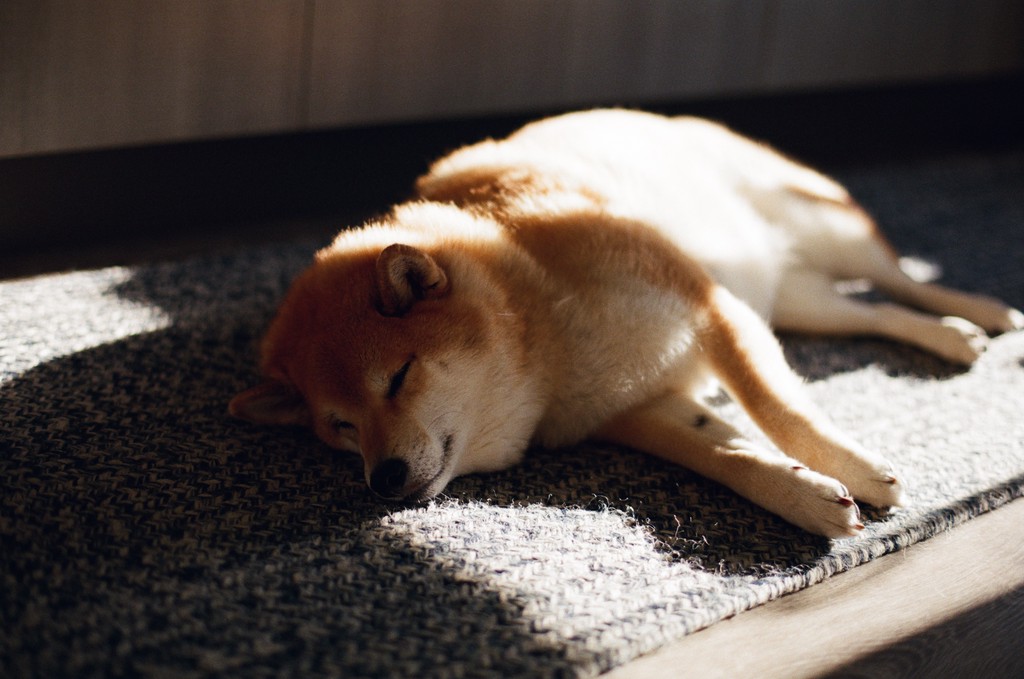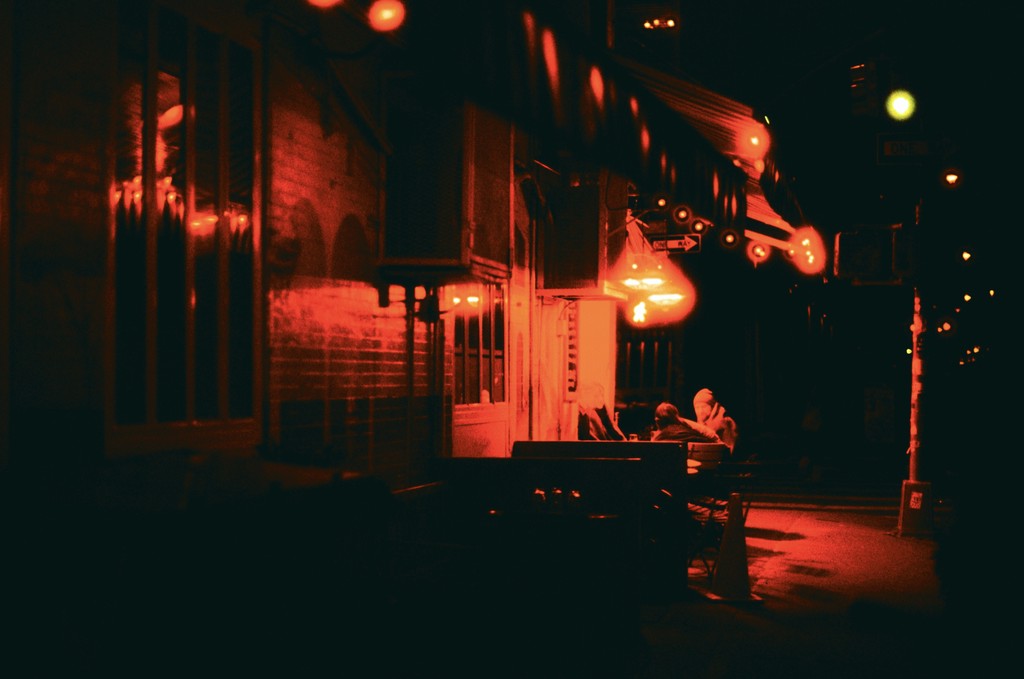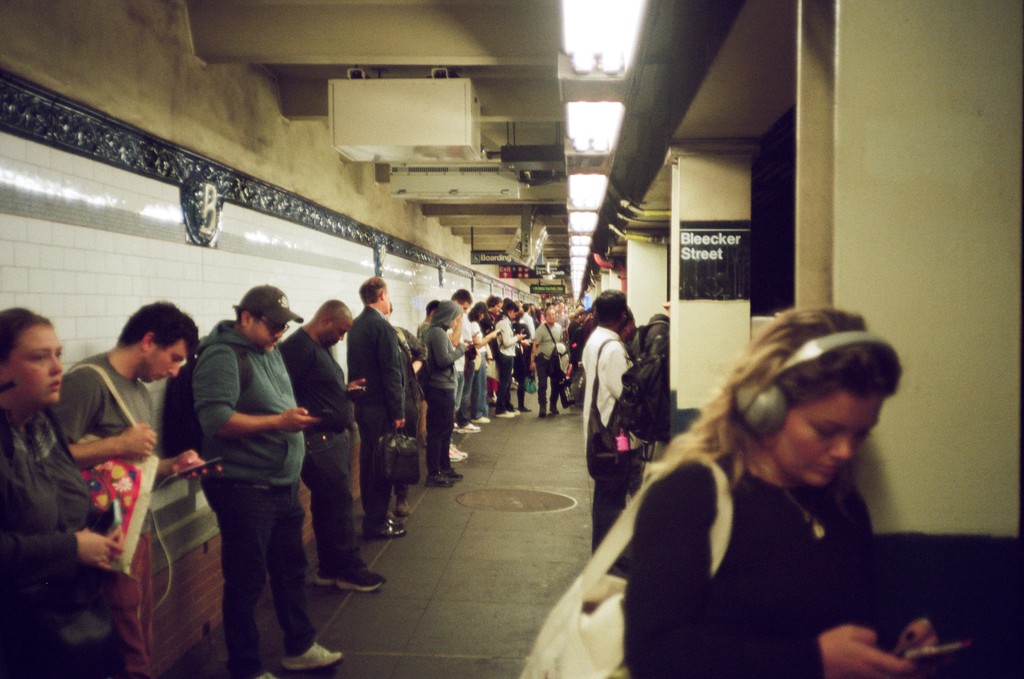Analogue Joy in a Digital World
Table of Contents
As a child of the internet age, I have barely known a world without it. Although I grew up in a transitional time—computers were commonplace but the internet itself was far from ubiquitous in my childhood—I still find it difficult to imagine life without instant access to the boundless information, entertainment, and superficial connection we all get from the internet.
And yet, I find myself nostalgic for a time when people weren’t tethered to their phones, when in-person interaction wasn’t constantly interrupted by notifications. I am tired of playing second fiddle to your Instagram updates. For me, the pendulum has swung too far, and I’ve grown to really hate how this tech nonsense is shoved down our throats. No, I don’t want to install your app, sign up for your website, or surrender my email to yet another platform that promises connection while often delivering its opposite.
Digital Overwhelm Is Real #
This isn’t just me being cranky. Studies increasingly show that excessive technology use correlates with decreased well-being. Research from the University of Pennsylvania found that limiting social media use to 30 minutes daily led to significant reductions in loneliness and depression1. Our brains simply weren’t designed to handle the information firehose we’re exposed to daily—around 34GB of data, or the equivalent of 174 newspapers2. When our working memory gets overloaded like this, our ability to actually remember things takes a serious hit3.
What makes this particularly frustrating is how these technologies are specifically engineered to hook us. Former Google design ethicist Tristan Harris has extensively documented how apps and platforms use the same psychological tricks as slot machines to keep us engaged4. This constant stimulation triggers actual stress responses in our bodies, pumping us full of cortisol and keeping us perpetually on edge5. It’s no wonder we find it hard to put our devices down—they’re designed that way.
Abstinence vs. Mindful Minimalism #
Although the idea of completely eliminating technology is appealing, the reality of modern life makes this impractical. We still need to eat, and to do that we need to make money, which generally requires digital connectivity in today’s world.
Completely rejecting the modern technology-addicted world isn’t a viable option for most of us, unless we decide to join the Amish or some other group that has successfully managed to shun technology. The answer isn’t total abstinence but rather what author Cal Newport calls “digital minimalism”—being selective about which technologies we allow into our lives based on our actual values, rather than mindlessly adopting everything Big Tech throws at us6.
The Resurgence of Analogue #
One option, perhaps, is to find an interest in activities that are strictly analogue, or otherwise reject technology. You may not be able to throw your iPhone and MacBook away just yet, but you can still separate yourself from the weight of carrying these devices around.
There’s something fascinating happening culturally right now—a powerful countermovement to digital saturation. Vinyl record sales have increased for 17 consecutive years, with 43.5 million records sold in 20237. Physical book sales have stabilized despite digital alternatives, and film photography has experienced an unexpected renaissance among younger generations (myself included).
This isn’t just nostalgic hipsters being contrarian. There seems to be something deeply satisfying about these tangible experiences that digital versions, despite their technical superiority, simply cannot replicate.
Take the humble book as an example. A digital book is nothing more than bits you cannot touch, see, smell, or hear outside their digital container. An actual physical book has a scent, a unique fingerprint of signs of use, a tactile feel. It’s something you can simply hand to someone if you want to share it. It can exist for a hundred years without electricity. Want to lend a digital book? The techies have made this practically impossible in order to extract maximum revenue through what they call “Digital Rights Management” (though I prefer the more honest term “Digital Restrictions Management”).
These sensory experiences don’t exist in the digital world. We can generally only experience visual and auditory sensations through digital mediums, which leaves all the other senses and their complex interactions entirely unexplored. Research confirms what most of us intuitively feel—studies show that reading comprehension and memory retention are often better with physical books than digital versions8.
Remember handwriting? With a pencil and paper? Why not try that again, if you can remember how. The simple act of writing by hand engages different neural pathways than typing and has been shown to improve learning and idea generation9. Drawing, painting, or making things with your hands activates parts of your brain that remain dormant during screen time. These aren’t just quaint hobbies—they’re ways of experiencing the world more fully. And bonus: no one can charge you a monthly subscription fee for them.
Analogue is Better, Even Though It’s Worse #
Tech enthusiasts love to boast about the ’technical superiority’ of digital formats. And yes, in a sterile lab, a lossless audio file might be ‘perfect.’ But this narrow focus on specs completely sidesteps the actual human experience—the joy of a physical object. An analogue item is something tangible: you can hold it, gift it, or even, in a fit of passion, smash it to bits. That’s a feature no digital file can offer, regardless of how complicated your compression algorithm is and how many features your container format has.
And ironically, even if we play their game of comparing specs, the narrative of digital’s undisputed technical dominance crumbles. Consider photography. A good old 35mm film negative can be scanned to an equivalent of 20-24 megapixels, easily matching many digital cameras. Step up to medium format film, like the 6x4.5cm (645) standard, and you’re in the territory of 40 megapixels or significantly more, depending on the film and scan. Large format can achieve insane resolutions, if you don’t mind carrying around a gigantic camera.
But resolution is only part of the story. Film has a distinctive aesthetic quality that many find more pleasing than digital.
The way film renders colors often feels more natural and less clinical—Kodak Portra’s creamy skin tones or Fuji Velvia’s vibrant landscapes have qualities digital sensors struggle to replicate.
Film’s highlight handling is particularly special, with a gradual roll-off that maintains detail where digital often abruptly clips to white.
Then there’s grain—organic, random, and three-dimensional—unlike digital noise which tends to appear more uniform and artificial.
Then there’s halation—that beautiful glow or halo effect around bright light sources and high-contrast edges that occurs when light bounces off the back of the film base. This ethereal, dreamy quality gives film photos a distinctive luminosity that digital sensors simply can’t produce naturally, no matter how sophisticated the algorithm attempting to replicate it.
These characteristics give film photographs a certain depth, dimensionality, and “soul” that even the most sophisticated digital filters can only approximate.
It’s not about technical perfection but about a specific emotional quality that resonates on a deeper level.
Physical objects carry stories, develop character, and engage more of our senses. The pops and crackles of a vinyl record, the dog-eared pages of a well-loved book, or the slight imperfections in handmade objects aren’t flaws—they’re features that connect us to the human experience of creating and using things. You can’t smell your ebook, and if you spill coffee on it, it won’t show up on the book’s pages.
Digital goods, infinitely replicated and duplicated, feel sterile and stale by comparison. We can only experience them through a digital device, and even then, our access is often dictated by so-called “permissions”—courtesy of what’s more accurately termed Digital Restrictions Management. Forget true ownership; you’re merely licensing content at the whim of the tech overlords, revokable at any time.
Consider live experiences. There’s no digital substitute for the experience of being physically present at a concert. Sure you can record a performance, but it’s just not the same as actually being there—feeling bass notes vibrate through your chest, smelling the smoke of whatever people are smoking, sharing glances with strangers experiencing the same moment. Live performances aren’t about technical superiority, but rather about presence, and sharing that with others. The experience can only be experienced once.
Being Analogue in a Digital World #
These days I have to work hard to not get annoyed when in public spaces and seeing everyone glued to their phones. I just don’t understand how people can walk around all day staring at screens rather than engaging with their surroundings or each other. I realize I’m the odd one, but I just don’t get the point of being a person if you don’t want to be a person. Do you exist, or are you just a receptacle for advertisements? I, for one, do not want to be an NPC.
But judgment doesn’t help anyone, including myself. The more constructive approach is to focus on intentionality—being deliberate about when, how, and why we use technology. These periods of conscious disconnection allow our overworked neural circuits to rest and recover, which is crucial for maintaining optimum cognitive efficiency and focus10.
Here’s what’s worked for me in finding more balance:
Creating tech-free zones and times: Make the bedroom device-free, except for an alarm clock (if you need one). No phones at the dinner table, especially when you go out for dinner with friends or family. The first hour after waking should be for reading, meditation, snuggling–even sex (does anyone do that?), or simply existing—not checking notifications.
Asking “what’s appropriate?”: Different tasks call for different tools. Writing longhand in a notebook can be better for creative thinking, while digital tools excel at editing and sharing. Neither is inherently superior—they’re just different tools for different purposes. Next time you’re in a meeting, try writing notes on paper.
Seeking out analogue experiences: Film photography forces me to slow down and be more deliberate about what I capture. Board game nights with friends create connection without screens. Cooking from physical cookbooks engages more senses than scrolling recipes online.
Being mindful of transitions: The moments between activities are often when we reach for our phones by habit. Becoming aware of these transition points—waiting for a friend, standing in line, finishing a task—creates opportunities to choose differently.
Practicing a digital sabbath: Setting aside one day (or even just an afternoon) each week to disconnect from screens has been surprisingly refreshing. It’s not about deprivation but about creating space for other experiences. Start small by taking walks without your phone, and build from there.
The goal isn’t to reject modern technology entirely but to be its master rather than its servant. We get to decide how these tools fit into our lives. What are we, if we don’t learn to be and also learn not to be slaves to our devices?
Hunt, M. G., Marx, R., Lipson, C., & Young, J. (2018). No more FOMO: Limiting social media decreases loneliness and depression. Journal of Social and Clinical Psychology, 37(10), 751-768. ↩︎
Bohn, R., & Short, J. (2012). Measuring Consumer Information. International Journal of Communication, 6, 980-1000. ↩︎
Klingberg, T. (2009). The Overflowing Brain: Information Overload and the Limits of Working Memory. Oxford University Press. (Paraphrased concept) ↩︎
Harris, T. (2016). How Technology is Hijacking Your Mind. Thrive Global. ↩︎
Levitin, D. J. (2014). The Organized Mind: Thinking Straight in the Age of Information Overload. Dutton. (Discusses cortisol and cognitive overload) ↩︎
Newport, C. (2019). Digital Minimalism: Choosing a Focused Life in a Noisy World. Portfolio. ↩︎
Recording Industry Association of America (RIAA). (2024). 2023 Year-End Music Industry Revenue Report. ↩︎
Mangen, A., Walgermo, B. R., & Brønnick, K. (2013). Reading linear texts on paper versus computer screen: Effects on reading comprehension. International Journal of Educational Research, 58, 61-68. ↩︎
Mueller, P. A., & Oppenheimer, D. M. (2014). The pen is mightier than the keyboard: Advantages of longhand over laptop note taking. Psychological Science, 25(6), 1159-1168. ↩︎
Carr, N. (2010). The Shallows: What the Internet Is Doing to Our Brains. W. W. Norton & Company. (Discusses cognitive load and the need for mental downtime) ↩︎






